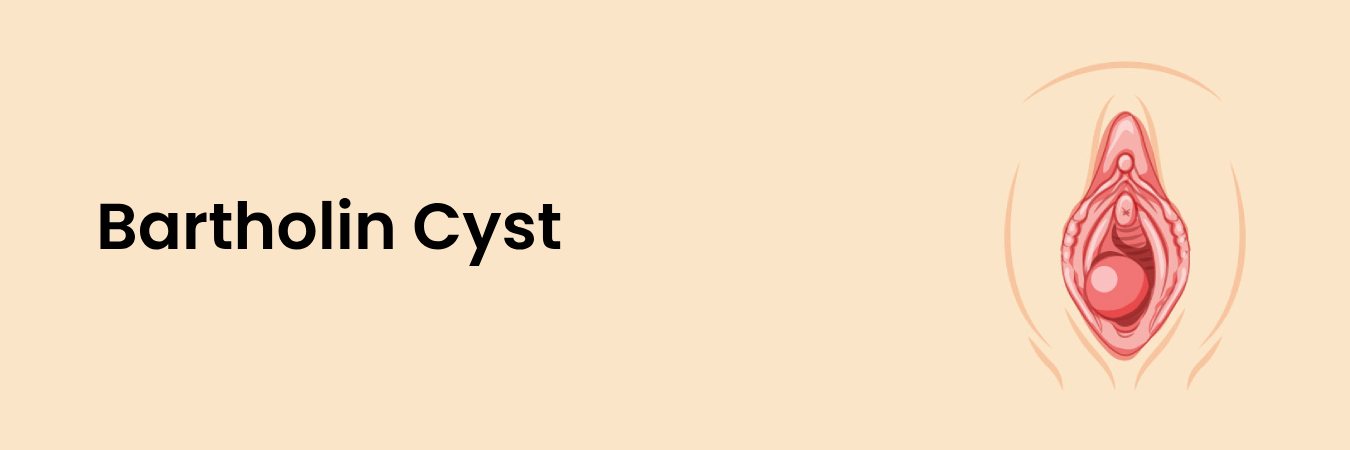Common Tests for Bartholin Cyst:
- Pelvic Exam
- Swab Test
- Biopsy (for post-menopausal patients)
Marsupialization for Bartholin Cyst Treatment:
Marsupialization is a minor surgical procedure performed under local, spinal, or general anesthesia based on cyst severity or patient preference.
The gynecologist begins by draining pus through a small incision and slightly enlarges it to create a temporary 'kangaroo pouch' on the labial lips. This facilitates gradual drainage over weeks. If required, the incision ends may be stitched outward, or a catheter might be inserted for pus drainage.
Marsupialization effectively expels pus from the cyst, reducing the risk of Bartholin cyst recurrence, and it may not be visible to the naked eye.

